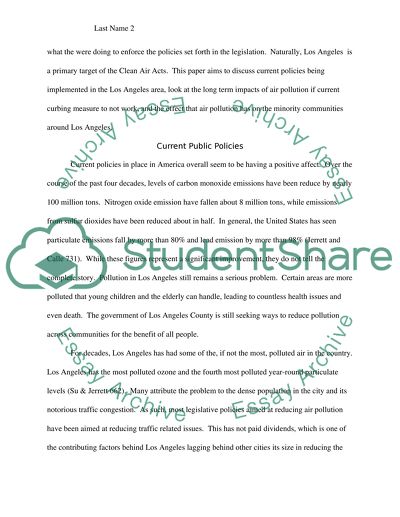Cite this document
(“Air Pollution in Los Angeles, CA Research Paper”, n.d.)
Air Pollution in Los Angeles, CA Research Paper. Retrieved from https://studentshare.org/environmental-studies/1479653-air-pollution-in-los-angeles-ca
Air Pollution in Los Angeles, CA Research Paper. Retrieved from https://studentshare.org/environmental-studies/1479653-air-pollution-in-los-angeles-ca
(Air Pollution in Los Angeles, CA Research Paper)
Air Pollution in Los Angeles, CA Research Paper. https://studentshare.org/environmental-studies/1479653-air-pollution-in-los-angeles-ca.
Air Pollution in Los Angeles, CA Research Paper. https://studentshare.org/environmental-studies/1479653-air-pollution-in-los-angeles-ca.
“Air Pollution in Los Angeles, CA Research Paper”, n.d. https://studentshare.org/environmental-studies/1479653-air-pollution-in-los-angeles-ca.


